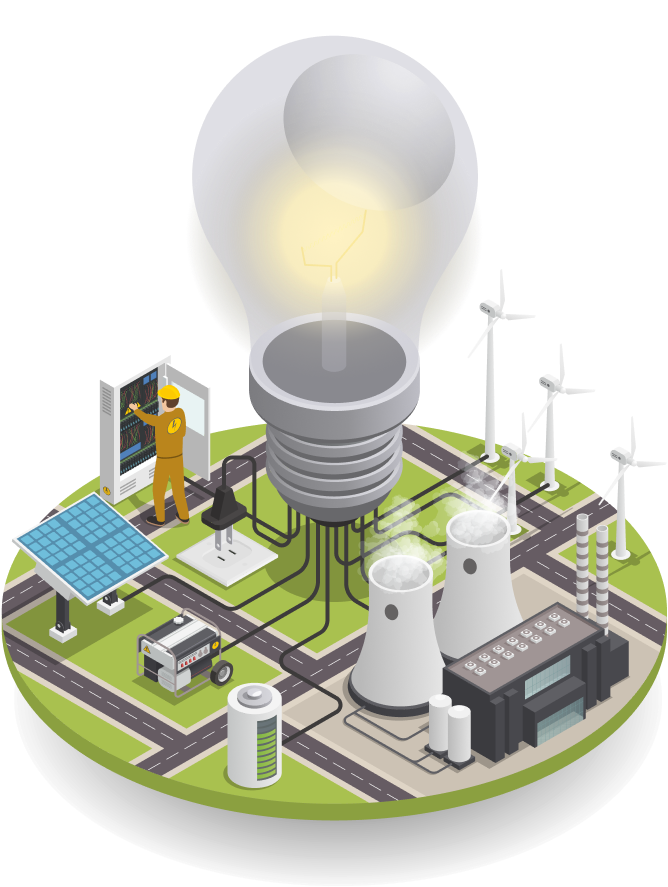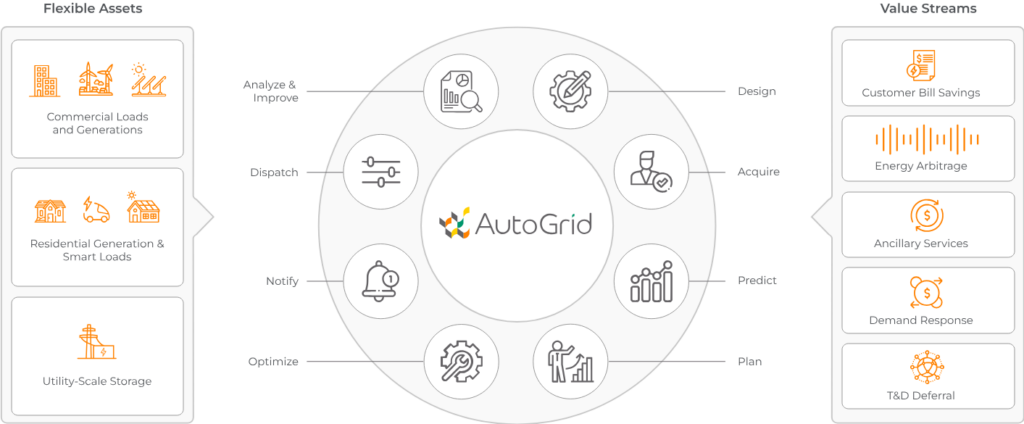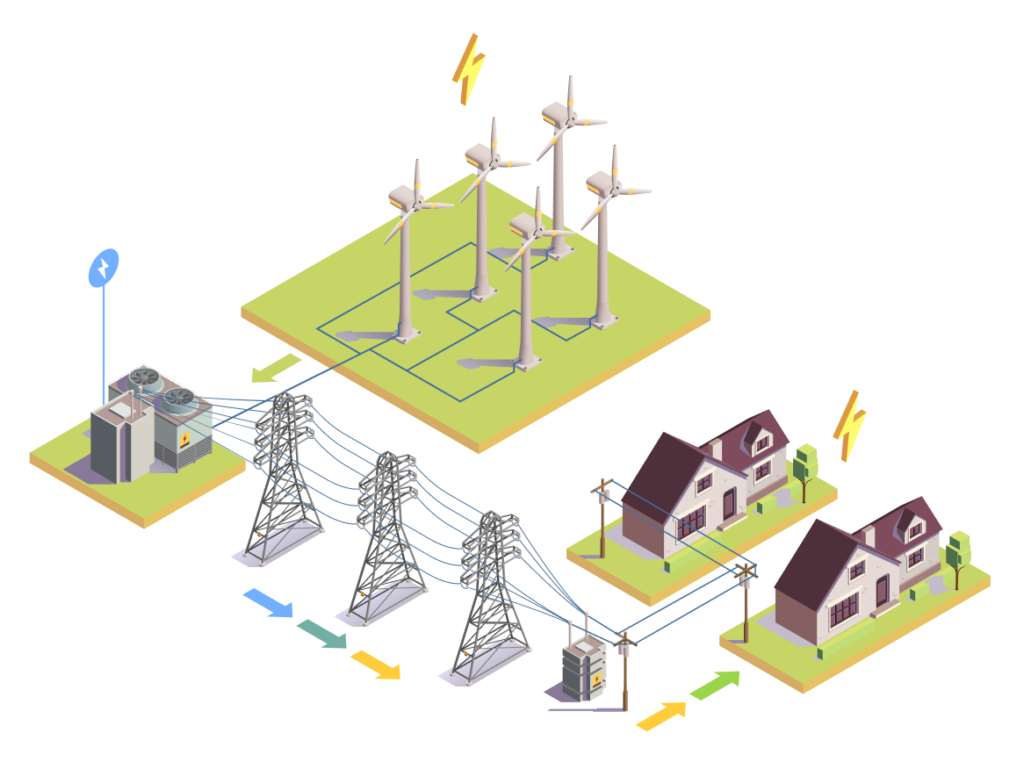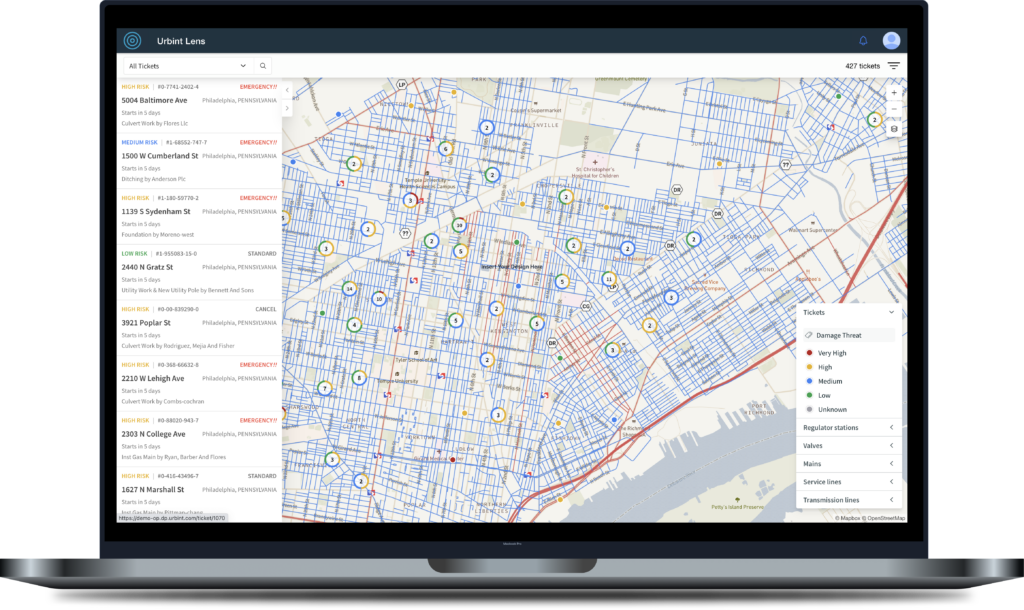Combining energy and Artificial Intelligence opens up new opportunities for the energy industry. But what is most important – its implementation can solve existing problems and allow control of consumption. Now about 60% of all generated electricity energy is wasted. But wasted energy represents billions of dollars spent on generated energy that we have not consumed. AI can monitor the entire chain and identify potential problems that need optimization. Accordingly, this will make it possible to:
- intervene in the energy network and eliminate threats;
- use energy to the maximum without mindlessly spending it;
- reduce emissions into the atmosphere;
- save cost.
The industry requires this renewal. Power providers are interested in the management operations of the energy chain and consumption control and optimization. In the market of renewables, the application of AI can surpass $75.82B by 2030, according to Precedence Research. The same is Forbes’s estimations – AI growth in the sector will hit 50% by 2024. So, let’s dive into this topic a little deeper.
Global Importance
Critical infrastructure always remains central to society. Power grids, water supplies and telecommunications networks are a part of future challenges. This is also reflected in Goal 9 of the United Nations Sustainable Development Goals, to “build resilient infrastructure, promote inclusive and sustainable industrialization and foster innovation.”
The US Department of Energy made the “smart grid” a national policy goal, where AI is regarded as the brain of the new energy system. Collecting, synthesizing, and analyzing significant bulks of data are fundamental for a new system that can make timely decisions on smart energy allocation and will address the demands of the future. When using model-based predictive control, it’s possible to yield an energy-efficiency improvement of 10.2% to 40%. (SAP Smart Grid Report).
Based on these provisions, we can confidently say that Artificial Intelligence will be pivotal in the future of energy. It can take many forms but are all universally aimed at optimizing the sector.

Main Points
Artificial Intelligence can revolutionize the energy sector by enhancing efficiency, optimizing resource allocation, reducing costs, and addressing sustainability challenges. How? Let’s see the key points it can change.
Demand Forecasting and Grid Optimization
The analysis of vast amounts of data from sensors, smart meters, and other sources gives the understanding that should be optimized. Obviously, important are also the forecasting of the distribution of electricity, detection of faults, and prediction of equipment failures. AI models can do it based on patterns, allowing utilities to better allocate resources and balance supply and demand. It gives an opportunity to manage microgrids autonomously, optimizing energy production and storage locally, which is useful during grid disruptions.
Renewable Energy Integration and Carbon Emissions Reduction
Artificial Intelligence helps integrate intermittent renewable energy sources (e.g., solar and wind). By predicting generation patterns and optimizing energy storage and distribution the part of renewable energy can rise at times. It is the way to reduce carbon emissions. The adoption of cleaner energy sources defines the future of the energy sector and makes the effect of pollution lower.
Industrial Process Optimization and Building Management Systems
This has a two-way benefit – for users, it is usually lower bills and more careful use of resources. In this way, it is possible to save energy and make its division more rational. AI monitors the flow and shows the places that require optimization.
Predictable Maintenance
Equipment health monitoring is important for providers who want to protect themselves from global repairs. The worst thing about this situation is that breakdowns usually happen suddenly. This also creates great inconvenience for users. Artificial Intelligence can monitor the condition of energy infrastructure such as power plants and transmission lines, predicting when maintenance is needed to prevent costly breakdowns.
Energy Storage and Consumption Insights
AI algorithms can optimize the charging and discharging of energy storage systems, extending their lifespan and efficiency. Planning forward and process tracking is always a good strategy to save equipment from overload. It is based on data, of course. AI-powered analytics also can provide consumers with insights into their energy usage, helping them make informed decisions to reduce consumption and costs.
Artificial Intelligence in energy and utilities can take many forms but are all universally aimed at optimizing the sector for contemporary challenges.
The World Arena: What’s Happening Now
In general, there are a lot of startups and programs developing around the world to improve the energy industry and solve its current problems. Let’s dive deeper into some of them.
AutoGrid
AutoGrid is a cleantech company at the forefront of the energy transition. It develops a smarter, cleaner, more flexible power grid. It is an AI-driven distributed energy resource management system (DERMS) that makes it possible to harness, orchestrate, and optimize energy assets across all classes, device types, and use cases. What it provides:
- managing millions of devices in real-time with high data processing capabilities;
- dispatch and distribution flexibility management;
- forecasting and mitigating grid instability or congestion issues;
- tracking of analysis, logging, auditing, and change management.

Virtual Power Plant (VPP)
A VPP is an aggregated network of DERs that can be remotely controlled and operated to balance the supply and demand of electricity on the grid. A VPP combines devices that store, generate, and shift electricity to help meet peak demand in place of a conventional power plant. It allows to aggregation and monetization of hundreds of flexible resources in real time. You can:
- balance supply and demand in real-time through instantaneous analysis of energy data;
- aggregate diverse DERs into a single VPP that connects energy producers with utilities and grid operators to share capacity;
- operate on par with conventional peaker plants but with much lower emissions, lower cost, and improved resiliency;
- sommunicate with a wide range of devices and systems, without being locked into a specific technology or vendor.

Microgrids for Businesses
The 2022 acquisition of AutoGrid by Schneider Electric has accelerated development. Creating the most scalable and complete solution suite for DERs in the world, paving the way for energy-as-a-service microgrids, and igniting new market opportunities – there is only a part of a wide spectrum of companies’ way for building a resilient and sustainable gride. On May 16, 2023, was published press release, where was announced EcoStruxure™ Microgrid Flex, an industry-first, innovative standardized microgrid solution.
“Our new EcoStruxure™ Microgrid Flex empowers businesses to take the future of sustainability into their own hands with a solution that considerably reduces downtime, greenhouse gas emissions and energy waste,” said Bala Vinayagam, SVP, Microgrid Line of Business at Schneider Electric. “This groundbreaking standardized solution accelerates decarbonization and market adoption, allowing more facilities to leverage renewables and manage costs through energy source optimization.”
With this solution, businesses will achieve greater optimization of on-site renewables connected to the microgrid. The integration of this microgrid system lasts months instead of years and of course, has a positive impact on customer return on investment and cost savings in general. Once commissioned, the solution is optimized through a data-as-a-service model where the microgrid’s data plugs into the AI-powered AutoGrid VPP (Virtual Power Plant) platform, or directly with Schneider Electric’s microgrid software and analytics suite.
Urbint
This company provides safety solutions. It works in three ways, which will be discussed further.
Worker Safety
Workers in critical infrastructure face a daily risk of serious injury. Urbint AI-powered solutions focus on identifying threats in advance and enabling you to take action to keep your workers and community safe. Using real-world data and artificial intelligence they assess the risk and impact of potential incidents and provide the software you need to take immediate preventative action.
Then you can see on an interactive map where workers face the greatest risk of exposure to high-energy hazards. Accordingly, you can prioritize site visits, observations, and inspections where they’re needed the most. Thanks to this solution utilities have reduced worker exposure to safety risks by more than 4x.
Damage Prevention
Urbint for Damage Prevention allow s to identify high-risk excavations and to stop incidents that endanger the safety of workers and your community. You get signals about which of your underground assets are the most at risk from third-party damages, so you can assign preventative actions. You see the alert to excavations near critical facilities (including hospitals, emergency resources, schools, densely populated areas, and other important sites) where an incident would have significant consequences.
Infrastructure in the U.S. and Canada sustained at least 203,618 unique damages in 2021. 10% of underground infrastructure damages are due to excavators digging before the valid start time of a ticket. – 2019 DIRT Report, Common Ground Alliance
Urbint offers analyzing the micro-areas within your service territory for the excavating companies least likely to contact 811 and the areas with the highest volume of construction activity. With this solution, you can improve safe digging in the long term. It also integrates with third-party locate companies, ticket management systems, and other enterprise software applications.
Ticket Management System
Urbint’s TMS platform offers users an application for completing locate tickets, QA/QC audits, interventions, and damage capture workflows. It contains lots of ticket assignments and routing, that are in real-time. Also, it has the function of connecting with GIS quickly and efficiently to become details or addited information. The automation engine processes, routes, assigns, and clears tickets automatically, so users can focus on the most important tickets, and resolve them efficiently.
- Users can sort and filter tickets on a map complete with GIS asset locations, or in a workflow-optimized table view.
- Metrics on program effectiveness and regulatory compliance rights are in acess.
- This app provides interactive reporting tools to build, configure and edit custom tables and charts, and export them for easy reporting.

“If our safety observations are focused on compliance, checklists, and paperwork, we are missing an important opportunity. When performed well, site visits allow us to learn from front-line employees, focus on the energy, and improve our ability to control the ‘stuff that kills you’ (STKY). To be effective in these engagements, we need technology like Urbint that surfaces STKY so that we engage in the right places, at the right time, about the most important things.” – Dr. Matthew Hallowell, Executive Director, Safety Function & Professor of Construction Engineering at the University of Colorado at Boulder
Conclusion
Artificial intelligence’s role in transforming the energy industry is expected to grow, contributing to a more sustainable and efficient energy future. AI will monitor, collect information, control, evaluate and manage energy consumption. An opportunity to control energy usage and reduce it during peak hours, identify and signal problems, and detect equipment failures before they occur – what we can get right now. With the Amazinum team, you can implement these solutions today.
